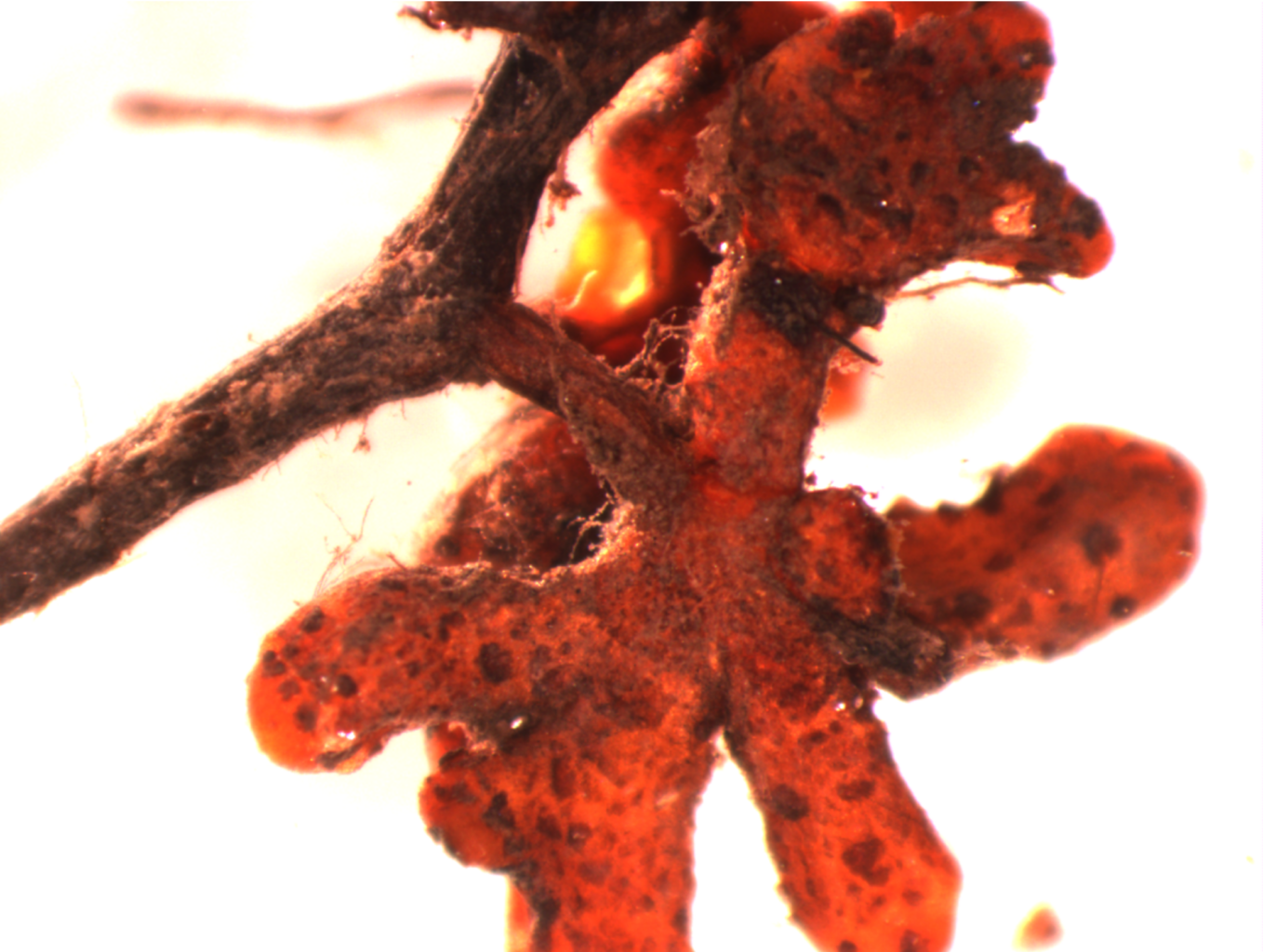In my years managing natural resources for the Navy, I was constantly on the lookout for innovative ways to apply the latest scientific knowledge to preserve our lands. This journey led me to the fascinating world of mycorrhizae, symbiotic fungi that partner with plant roots and support our habitats and ecosystems.
One of my biggest take-aways from studying mycorrhizae is that these vital organisms are underappreciated and often ignored by the agencies that manage natural resources and public lands. Despite the benefits fungi provide to the natural world, they are largely absent from landscape and forest restoration efforts. This is what I call the “MycoGap” – the gap between what science tells us and what we are actually doing concerning the Fungal Kingdom.
So much of our day-to-day work at Guardians involves working to improve plans the Forest Service develops that directs the long-term management of each national forest. In these forest plans we see the MycoGap clearly. Nearly half of the land management plans we reviewed either ignore fungi entirely or see them only as a threat, rather than a vital part of nature. Most plans ignored beneficial forms of fungi, such as mycorrhizae. This needs to change if we truly want to understand and support resilient forests and landscapes, especially in the face of climate threats.
At Guardians, we’re tackling the challenge of closing the “MycoGap.” We engage with land managers to explain the benefits of protecting and restoring mycorrhizal fungi. We are engaging in cutting-edge research on mycorrhizal protection and restoration. We encourage scientists to incorporate fungi into their models and studies. We are tirelessly working to develop best management practices and guidance for protecting and restoring mycorrhizal fungi. By educating ourselves and land managers about the importance of mycorrhizae, we are creating a new way forward to truly support wild places into the future.
Learn more!
- Check out this study to explore the “MycoGap,” check out visual summaries of mycorrhizal ecosystem services, and find initial management tips.
- Sign up for myco updates and keep up to date with the latest science and how you can get involved.
Together, we can bridge the “MycoGap” and protect our precious natural lands for future generations.
